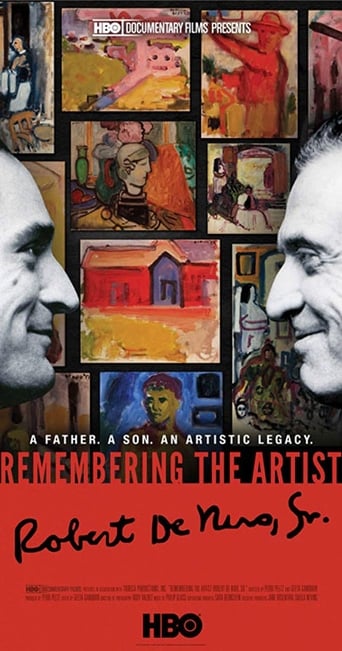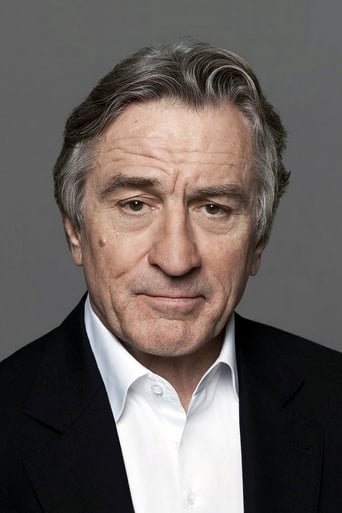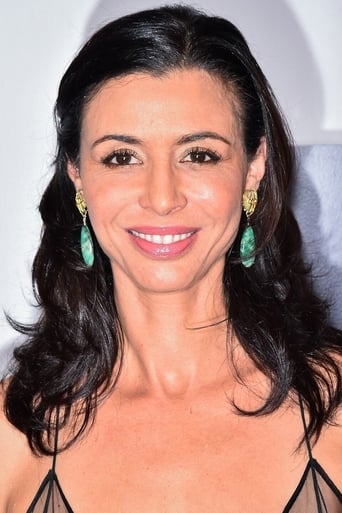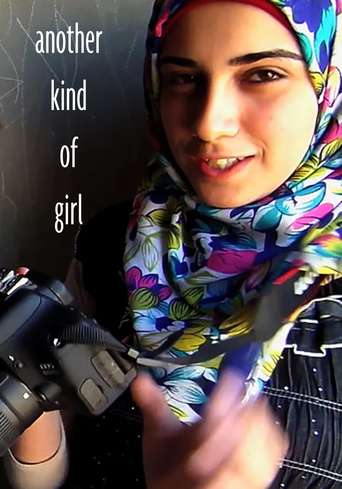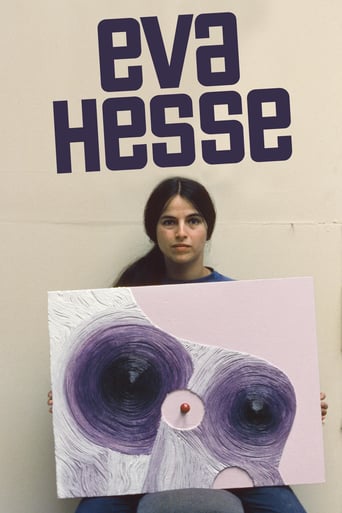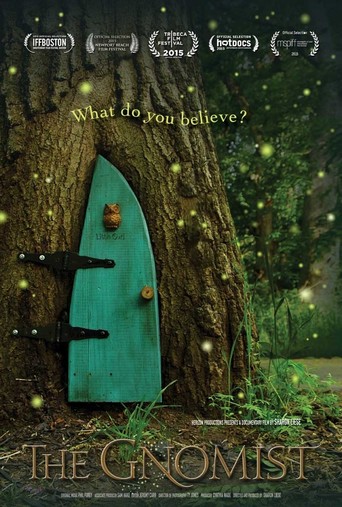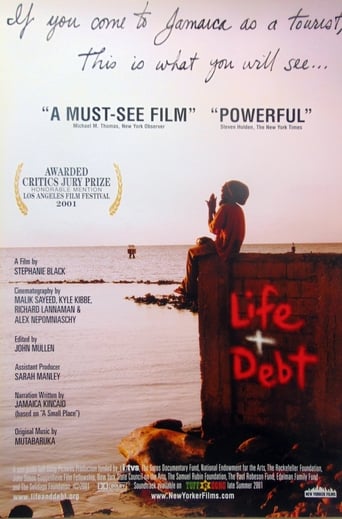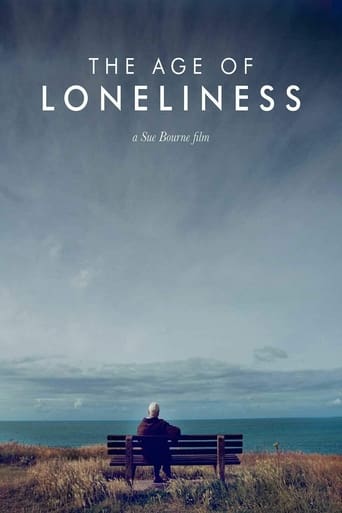Remembering the Artist: Robert De Niro, Sr. (2014)
Robert De Niro, Sr., was a celebrated painter obscured by the pop-art movement. His life and career are chronicled in the artist's own words by his contemporaries and, movingly, by his son, the actor Robert De Niro.
Watch Trailer
Cast
Similar titles


Reviews
I love this movie so much
All of these films share one commonality, that being a kind of emotional center that humanizes a cast of monsters.
A terrific literary drama and character piece that shows how the process of creating art can be seen differently by those doing it and those looking at it from the outside.
This film is so real. It treats its characters with so much care and sensitivity.
"Remembering the Artist: Robert De Niro, Sr." is an American documentary produced by HBO that runs for 39 minutes. It was made by two-time Emmy Award winner Geeta Gandbhir and Perri Peltz 2 years ago and the title already tells you what this is about: the father of Oscar-winning actor Robert De Niro, a fairly successful artist. If you read my title of this review, then you will realize that I do not recommend to everybody, but really just to art lovers. The reason is the following. When i ask myself the question: Would this movie have been made if it wasn't for the famous son of the man that it is about, I unfortunately have to answer with a no. I did not get the impression that Robert De Niro, Sr. was successful, controversial or gifted enough that this film would have been made under any circumstance. And at times it feels also that it is really more about De Niro (the actor) commenting than about his father's work. There are a couple famous names attached to this movie, such as Oscar-nominated composer Philip Glass, but even this talent in craft cannot make this documentary interesting to people who don't care about art that much. And I also don't think De Niro fans need to see as I am one myself and I still found it underwhelming. Overall, I give this one a thumbs-down.
Robert De Niro Jr. hosts a documentary about his artist father, who died in 1993. It is essentially a love letter detailing his father's life and work. During the 1940s-50s, Robert De Niro Sr. was somewhat famous on his own, as a new American painter. Clearly, De Niro Sr.'s work was influenced by artists such as Van Gogh, but without attempting to imitating them. However, his figurative abstract expressionism became overshadowed by even newer abstract art such as by the celebrated Jackson Pollack and later, Andy Warhol.Nonetheless, De Niro Sr. continued to paint for the rest of his life. The documentary features certain journal entries during those years, providing insight into his artistic and personal struggles. His son, De Niro Jr. discusses these struggles, as several of his father's personal friends describe their take on his life and work.Given that the actor, Robert De Niro has always been known as rather reclusive, rarely giving interviews or providing insight into his life - this documentary serves as a peak into his upbringing and relationship with one of his most cherished family members - his father. Also revealed is that De Niro Sr. separated from his wife, artist Virginia Admiral when De Niro Jr. was quite young. However, father and son remained close through the years. De Niro Sr. was also homosexual, but because of the times, never came out.Another issue that is clear in this documentary is what is true for every artist - regardless of the branch: talent is never enough. In fact, what usually separates those who flourish on a notable level and those who do not is success at promotion.De Niro Jr. maintained his father's studio and continued to promote his father's work to not only preserve his memory for the art world, but for his family. De Niro's aim in doing this documentary was to give his father his due - something he feels he could have done more about in prior years. Because of this documentary, perhaps the newer generation may become more aware of De Niro's father so that when the name Robert De Niro is heard, they may wonder if it refers to father or son.
"I felt I had to. I felt obligated," Robert De Niro, the famous actor, says of the new short documentary, 'Remembering the Artist: Robert De Niro, Sr.' "It was my responsibility to make a documentary about him. I was always planning on doing it, but never did. Then Jane Rosenthal, my partner at Tribeca Enterprises, said, 'We should start doing that now.' It was just something I wanted to do." But why wait until WAY PAST after his father's death on his own birthday in 1993? Throughout the film, the actor is obviously racked with painful memories and guilt over having eclipsed his father whose lack of recognition gnawed away at him, his life and his art... and eventually gnawed away as much at his son.In Wikipedia, Robert De Niro, Sr., the artist, is listed as being known for: "Painter, School of Paris." But is that a fact? I think I'm very knowledgeable about culture and the arts but never heard a thing about the actor's father until this.After seeing the film, I walked away thinking Robert De Niro, Sr. was a mediocre painter; the actor, an unforgettable superstar. De Niro, Jr. felt obligated to get his father recognized, though his delivery does not convince us that he really believed his father was a great artist. Rather, he's sentimental about his father's work and even preserved his father's gallery intact for future generations of De Niros to appreciate. The actor is not ACTING in this film; he's being himself and appears to be serving a penance for not having paid enough attention to his father in his lifetime. An entry they chose from the artist's own journal calls his son, the actor, "an angel" - for having saved him from himself, perhaps for having brought him home from Paris where he was ill and failing as an artist, or for having physically shopped his paintings around to galleries in Paris with no results.The oft-mentioned quote about the artist receiving the recognition he deserves after death makes us think of Vincent van Gogh who, reportedly, only sold one painting in his lifetime. It took Vincent's industrious sister-in-law's (Johanna Bonger) tenacity to make him famous... or at least to start the ball rolling. The rest, as they say, is history. But how will the ages and passing of time treat De Niro, Sr.? History is being rewritten, in this film before our very eyes. I got the impression that the actor was being his father's good son by convincing himself that his father was a great artist - true to himself, not like any other, unable to fit into any movement or category, moody, depressive, uncompromising - all the makings of the cliché artist. This is evidenced by the obvious omission of quality footage, being that the actor had access to all the cameras in the world and the artist did live into the '90s. Since the actor became world famous back in '73, that would have given him 20 years to document his father's so-called accomplishments as an artist! The actor obviously only recently felt an appreciation for his father's life work enough to prompt him to participate in this film.Another glaring omission is that they never mention what the artist really did to make a living. It was obvious that he was broke most of the time, yet he should have been blessed by his superstar son's meteoric rise to fame and could have spent most of his 50s and all of his 60s painting to his heart's content AND being documented for staying the course! They, instead, fill the frames with images of artists and Garbo (he painted her obsessively) - those famous icons the artist admired. He was in an elevator with Garbo and never said a word to her? That set the tone for the entire "victim of his time" theme. He was a lost soul who had rotten timing? I think not. He was an emulator, an imitator, and too much of a loner. There's too much more to this story that we don't - and probably never will - know.One "newsmaker" stated that Robert De Niro was opening up about his "openly gay father." What better way to start a buzz - world famous actor reveals his dad is gay! However, the short film about his father never reveals that he was openly gay. In fact, his own journal writings reflect a man who was somewhat ashamed and conflicted about his sexuality.Okay, so the actor did dedicate one of his movies ("A Bronx Tale") to the memory of his father - after he died; but I think the more interesting story that was not revealed in this film is what REALLY happened to De Niro, Sr., the artist, from 1973 to 1993. Now THAT would make a great movie!
"He was the real thing, my father," says Robert De Niro - the actor we all know and love - in the opening scene of Remembering the Artist: Robert De Niro, Sr., a sweet and earnest short documentary on the life of De Niro's own father. In just thirty-eight minutes, De Niro gives us an overview of his father's career of being an artist, raising a family, battling with depression and prostate cancer, and how De Niro and his family are looking to give their patriarch the recognition they believe he deserves.It is widely known that artists such as drawers and painters go on to achieve their most prevalent recognition when they are long gone or are no longer making art. Consider Pablo Picasso or Andy Warhol, one artist a revolutionary abstract painter, the other the leader of the pop-art movement of the sixties, both men who went on to achieve strong global recognition when they had passed on. Now consider somebody like Bill Watterson, the author and illustrator of the famous Calvin and Hobbes cartoon-strip, who is still alive but reclusive beyond belief, routinely denying interviews, not drawing or illustrating anymore, and keeping to himself in a very humble way. The reason why artists achieve their greatest success when they are done producing art because of one thing or another, I feel, is because of how absolute all their remaining work is. Unless you're in the music industry, few industries sees massive leaks of information, art, or content from people that have died, and because of that, what you're left with when an artist dies are presumably all their works. That way, you look through everything they've done and try to form a consensus on their career based on what they came out with, all the while knowing nothing else by them will likely emerge.De Niro begins by saying that, as a young child and a teenager, he didn't really understand his dad's passions and didn't respect them like he should have. Unfortunately, he didn't truly know how to approach his dad's fascination for the arts until he passed, which is when De Niro began to school himself in the artistic mediums of drawing and painting. The De Niro family hailed from New York, which was a rising area for contemporary art in the fifties and sixties thanks to numerous European surrealist artists who fled their own countries at the start of or during World War II. They flocked to New York, where they shared their shockingly subversive styles with the culture of New York, which was already considered a melting-pot of people.De Niro's father began painting young, recognizing the voice he wanted to be heard and the style he wanted to be shown at a very young age. Unlike many artists, who struggle at certain points in their career because of their frustrations or disillusionment with their current styles, De Niro, Sr. never battled with personal dissatisfaction with his work nor did he find his style to be something to abandon later on in his life. He recognized what he wanted to paint and continued doing it, never stopping to reconsider or publicly proclaiming any second thoughts. Later in his life, he began to have a fascination with actress Greta Garbo after viewing her film Anna Christie and took up drawing her on a regular basis. De Niro tells the story of how, one day, his father ran into Garbo in the elevator and was so close to telling her about all that he did for her in terms of injecting her into his works but couldn't muster the courage to utter a sound.Towards the end of his career, De Niro, Sr. began battling more severe demons, such as depression, prostate cancer, and the pop-art movement in art, where pop culture and societal trademarks and staples began finding ways into the artistic mediums, much to the dismay of De Niro, Sr.. It seemed as if his dissatisfaction with the new wave of pop art was because it appeared to be cheapening the medium of the arts, and the fact that art, in general, is made up of certain movements and waves - whether defined by ambitious new people or a group of scholars and critics - it perfectly iterates the idea of "when one door closes, another door opens." Combine that with money being tight and a family to raise, De Niro Sr. was left behind in the art world. He eventually died on his birthday, May 2, 1993, from prostate cancer; De Niro's directorial debut A Bronx Tale - which I'd bill as one of my favorite films from the 1990's decade - was dedicated in his memory.Remembering the Artist: Robert De Niro, Sr. is clearly meant to be a personal sendoff; a short documentary done out of respect to a man who never seemed to get all he deserved when he was alive and clearly commanded by his son, who didn't grow to appreciate his dad's work until he was gone. The short is definitely something to admire and see, as it shows numerous works by De Niro, Sr. up close and De Niro, Jr. even reads extensively from his father's telling journal writings. However, one gets the feeling that this short but sweet tribute and sendoff may be a bit too little for someone who is claimed to be an important person throughout the entire course of the short documentary.NOTE: Remembering the Artist: Robert De Niro, Sr. will air throughout the month of June 2014 on HBO.Directed by: Perri Peltz and Geeta Gandbhir.
